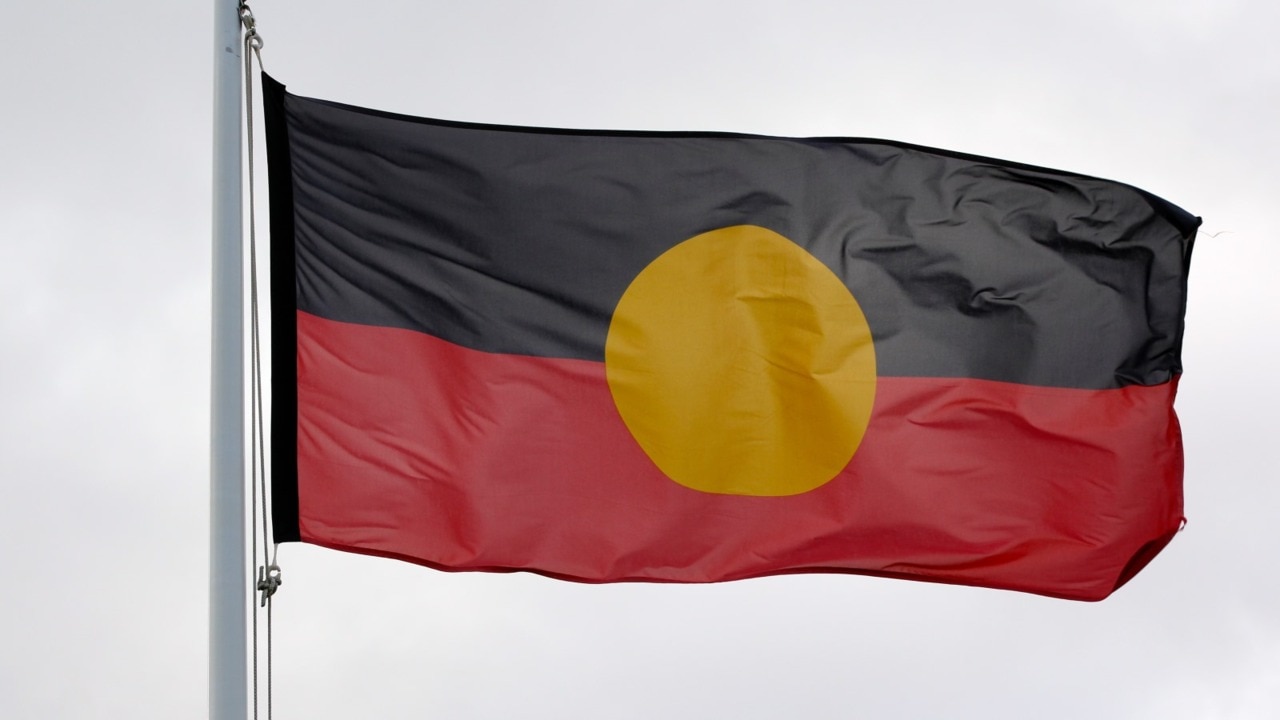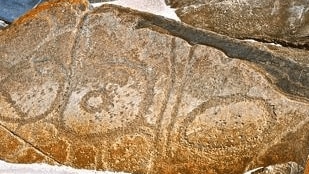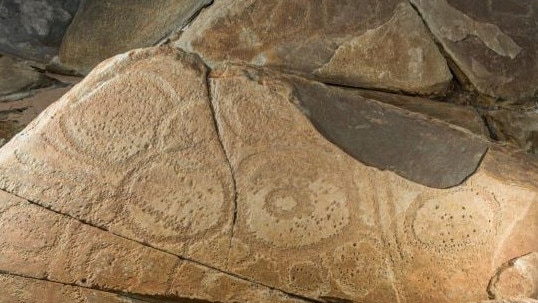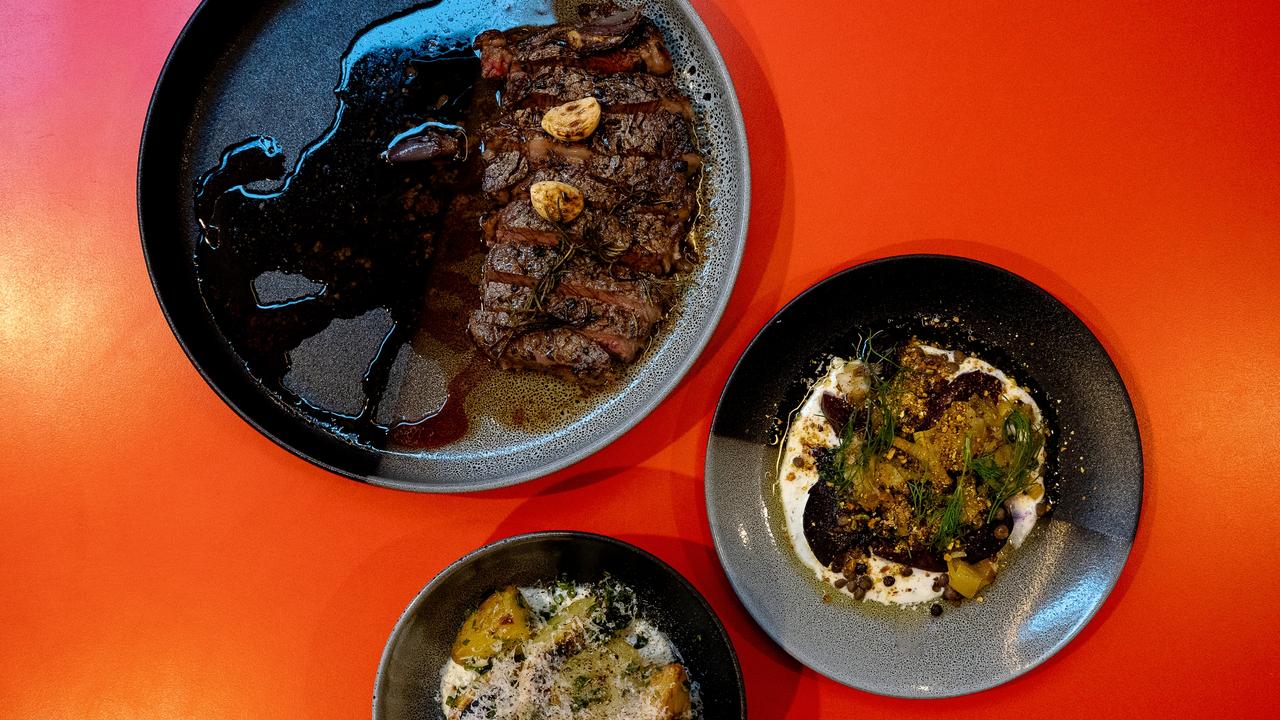Cause of damage to Aboriginal petroglyph in north west site revealed
The likely cause of damage to an Aboriginal petroglyph site in the state’s north west has been revealed following an investigation. WHAT HAPPENED >>

North West Coast
Don't miss out on the headlines from North West Coast. Followed categories will be added to My News.
Reports of damage to an Aboriginal petroglyph site at Sundown Point has been found to have been caused by natural forces.
A Department of Natural Resources and Environment Tasmania spokesperson said investigations confirmed damage had been caused, with a rock dislodged but that there was no evidence of cutting, chipping, hammering or other human activity.
It’s believed the damage was likely caused by “natural weather effects” and common storm waves.
Large driftwood may also have been a factor.
The missing piece or pieces could not be found, but it’s believed they could have been covered by sand.

The assessment was made by a geophysicist, archaeologist and Aboriginal heritage Adviser.
Meanwhile initial investigations of a petroglyph near Trial Harbour suggests possible damage has occurred.
Representatives of the Aboriginal community have been informed.
“The Department takes the protection of Tasmania’s Aboriginal heritage extremely seriously and will use the full force of the penalties under the Aboriginal Heritage Act 1975 if the investigation finds that an offence has been committed,” acting secretary Jason Jacobi said.
Under the Aboriginal Heritage Act it is an offence to destroy, damage, deface, conceal, remove or otherwise interfere with Aboriginal cultural material.
The maximum penalty for an offence is a fine of $865,000.
Damage to Aboriginal petroglyph site in north west
An investigation has been launched following reports of potential damage to an Aboriginal petroglyph site at Sundown Point in the state’s West Coast.
The damage to the site was reported to the Tasmania Parks and Wildlife Service late Monday.
Compliance officers are trying to work out when the change to the site occurred and if it had been dislodged by tidal movement or removed.

Michael Mansell from the Tasmanian Aboriginal Centre said if the damage was proved to be vandalism it would point to a disturbing trend in the Circular Head/West Coast area.
“The carvings at Sundown Point are in very hard rock and it would be almost impossible to be an act of nature,” Mr Mansell said.
“I suspect foul play and if so, that is very worrying because that would make it four instances of vandalism of artefacts in that area.
“There was the removal of petroglyphs at Preminghana – which are now in the process of being returned – and years ago someone chipped away at carvings further down west. The Tasmanian Museum and Art Gallery also has a piece of a carving from Green’s Beach which was removed by someone.”
Mr Mansell said the state government and the Circular Head and West Coast councils needed to educate the community about the importance of Aboriginal artefacts and the fact that once “they were gone, they were gone.”
In better news, the painstaking work to return petroglyphs to Preminghana is almost complete.
The cement at the back of the rock carvings – removed in the 1960s, roughly trucked out and sent to Tasmanian museums – has been carefully taken off by an expert and the pieces will be returned – the biggest piece by helicopter – into the far North West soon.
“We are hoping Covid-19 will not stop us having a big ceremony there when they are returned – which we suspect will not be later than March,” Mr Mansell said.
Anyone with information is being urged to contact Parks and Wildlife Service Compliance
on 0488 184 847 or Crime Stoppers on 1800 333 000.
Information can also be emailed to compliance@nre.tas.gov.au and will be treated confidentially.




